In a world that thrives on innovation and adaptation, the realm of User Experience (UX) design has undergone a significant transformation. Gone are the days when designers were bound to traditional office spaces, collaborating face-to-face with stakeholders, clients, and colleagues. Today, remote work has become the new normal for UX designers, opening up a world of possibilities.
Despite remote work as a whole becoming a normal occurrence, not everyone is able to unlock the full potential of working from home. This is especially true for young UX designers who are just starting their careers. Fortunately, there are more tools for remote UX design work now than ever before. By having the right tools, systems, and discipline in place, you can embrace working remotely and forge a path for your career:
Conducting Remote User Research
User research lies at the core of every successful UX project. Designers must intimately understand users to craft exceptional experiences. In the past, most research activities were conducted in person, but thanks to technological advancements, remote research has become both feasible and effective.
A plethora of tools is available for conducting remote user research. Platforms like Zoom facilitate remote interviews and focus groups, while Google Forms, TypeForm, or SurveyMonkey offer seamless survey creation and collection of responses. Calendly streamlines scheduling interviews, ensuring efficient coordination. Optimal Workshop provides a comprehensive suite of tools for remote card sorting, first-click tests, and tree testing.
Designing in the Remote Environment
The design stage of UX work involves finding innovative solutions to address design problems. Collaboration, communication, and ideation are vital during this phase, whether designers work remotely or in a physical office. Remote work, however, requires a different approach to ensure effective teamwork and seamless progress.
Brainstorming sessions can be conducted remotely using tools like Miro, Freehand, or Figma. These platforms facilitate real-time collaboration, enabling teams to generate solutions collectively. Communication becomes paramount, and platforms like Slack provide a space for ongoing dialogue and rapid idea exchange. Digital wireframing tools such as MockFlow, Adobe XD, and UXPin, aid in exploring design concepts and iterating on ideas.
Validating Your Designs in a Remote Workspace
The validation stage is where the true magic happens as you test your design against the discerning needs of real users.This often involves conducting A/B tests, eye-tracking tests, and observational studies. In the past, these typically required face-to-face interactions between the testers and an appointed moderator, but with the emergence of new technologies, UX professionals can still conduct effective validation remotely.
UserTesting is one of the most popular tools available to UX professionals. This is largely due to the platform allowing UX designers to run task-based tests through video recordings and provides transcripts and analysis of your tests. The best part is that this platform can even recruit well-suited participants on your behalf.
Hotjar is another top choice if you want a powerful tool to examine how users interact with your product. The platform allows for tests like heatmaps and screen recording to give you a better understanding of where users click, what they are overlooking, etc. Hotjar also lets you integrate it with other often-used platforms such as Slack, Google Analytics, and Zapier.
Being a successful remote UX designer requires shifting your mindset and approach towards your workflow, as well as mastering a number of new tools. However, remote work can also be very rewarding and more efficient than what you may be used to doing. As you delve deeper into the realm of remote UX design, remember that every challenge you encounter is an opportunity for growth.

 menu
menu